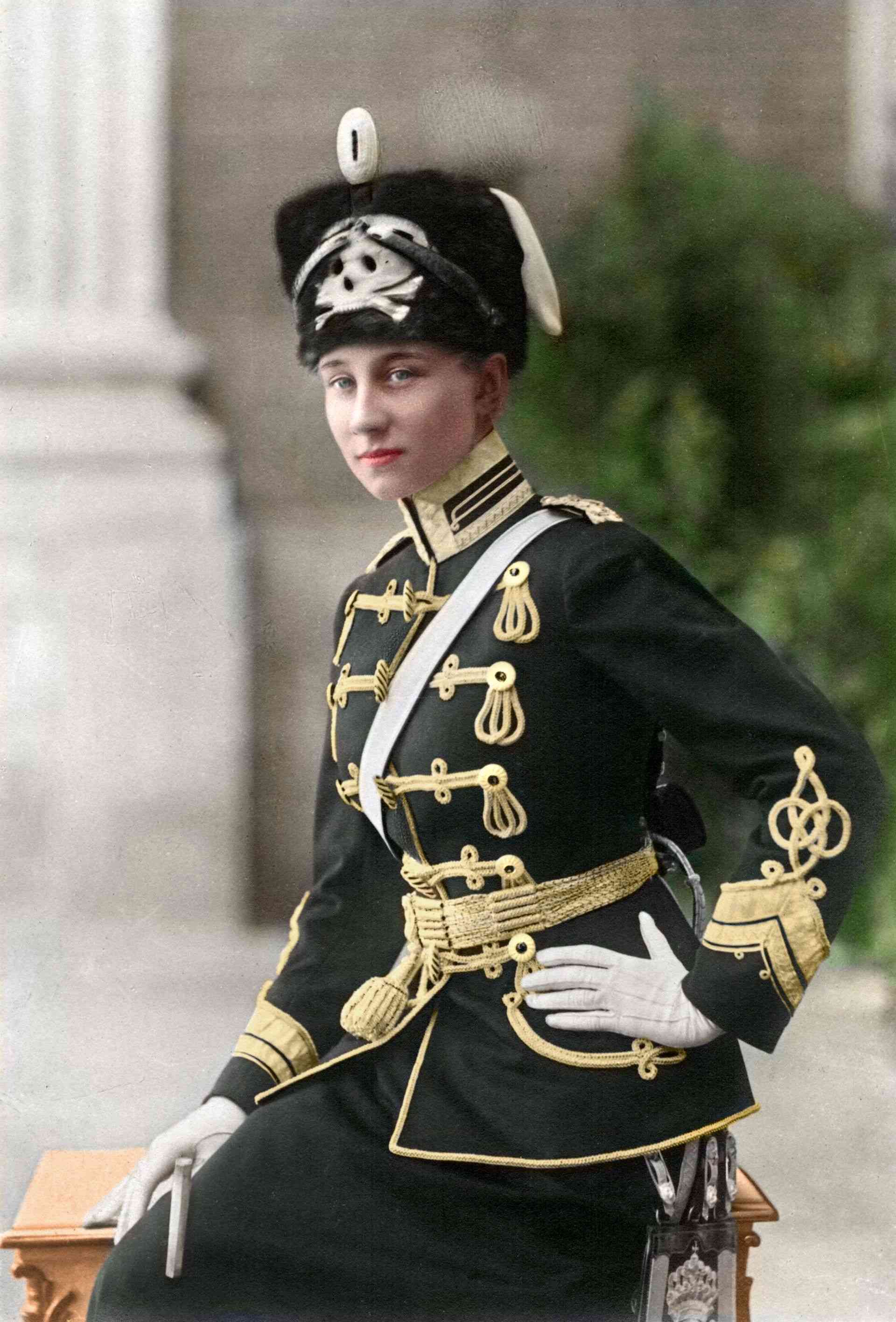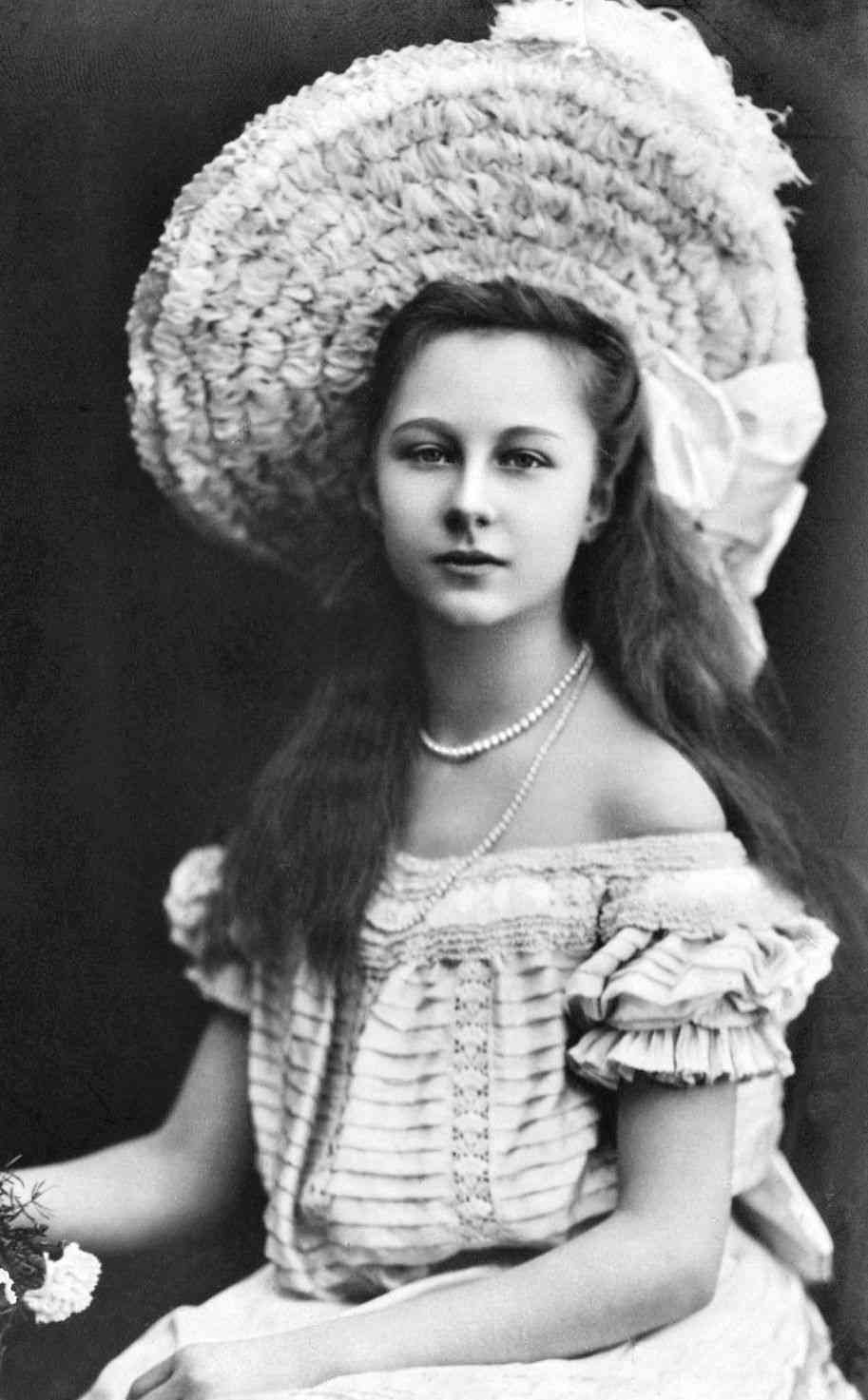
Surname:
She got the name Victoria after her grandmother, Empress Victoria, and her great-grandmother Queen Victoria; Luise was named after Queen Luise of Prussia.
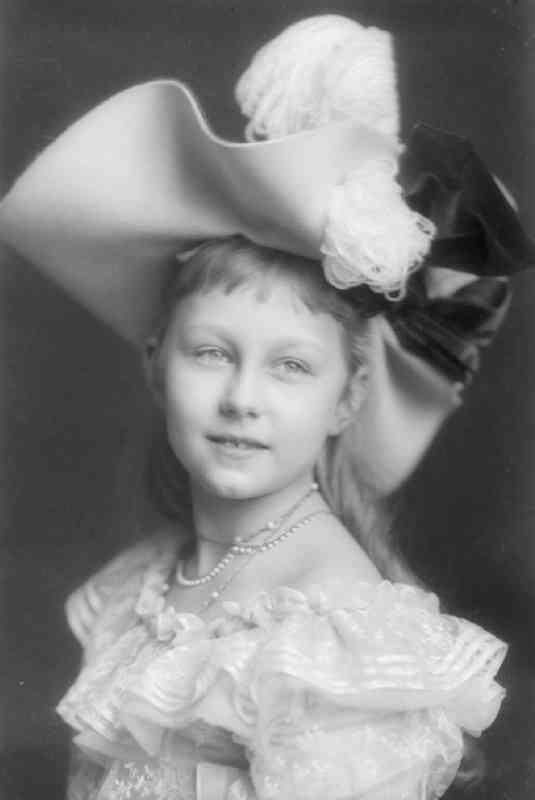
Life:
Four-year-old Princess Viktoria Luise in a bright dress next to her father Kaiser Wilhelm II., Berlin 1896 Viktoria Luise in the uniform of the "Skull Hussars" of the 2nd Leib Hussar Regiment "Queen Victoria of Prussia" from Gdansk, whose regimental leader she was from 1909, Book signed in Kiel in 1970 From 1904, she was brought up by Elisabeth von Saldern, who later became abbess of the Protestant women's convent, Kloster Stift zum Heiligengrabe. On October 18, 1909, she was confirmed in the Friedenskirche in Potsdam. On October 22, 1909, the birthday of her mother Empress Auguste Viktoria, she was appointed the 2nd regimental chief of the 2nd Leibhusaren Regiment, located in Danzig-Langfuhr. The first regimental chief was her father, Wilhelm II.
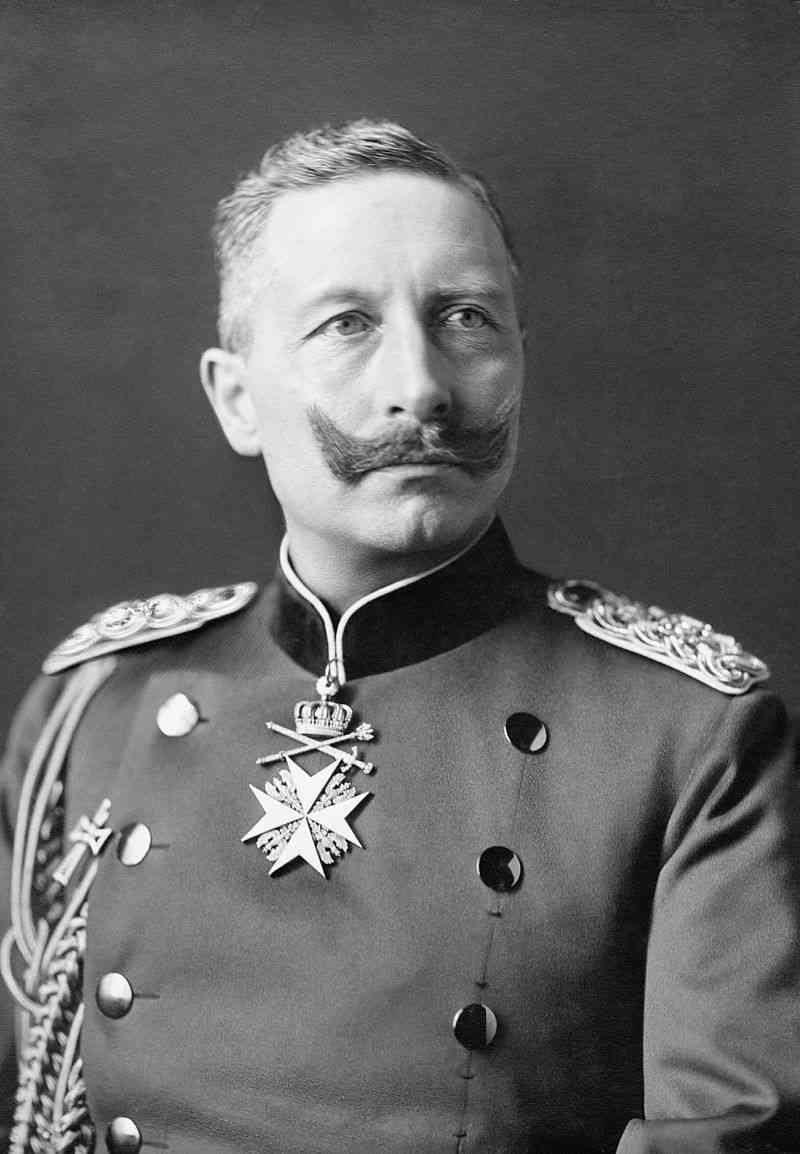
On April 30, 1910, the young princess and her imperial parents attended the first high school for girls in Metz.
The engagement to Prince Ernst August III. von Hannover took place on February 11, 1913, in Karlsruhe. The marriage on May 24, 1913, to the youngest son of the Crown Prince of Hanover and Duke of Cumberland Ernst August marked the end of the conflict between Hanoverian Welfen and Hohenzollern that had existed since 1866. As a result, the Duke of Brunswick fell back to the Wolfen.
The wedding was one of the last major events in the social life of the European aristocracy before the First World War; the couple's move to Braunschweig in 1913 was celebrated. The reign was short, however, and ended with the abdication of the husband on November 8, 1918. This ended the monarchy in the Duchy of Braunschweig. Significant further stops after the First World War were the flight from Braunschweig, the exile in Gmunden in Upper Austria, the return to Blankenburg in the Harz Mountains and finally, the trip to Marienburg Castle near Hanover in 1945.
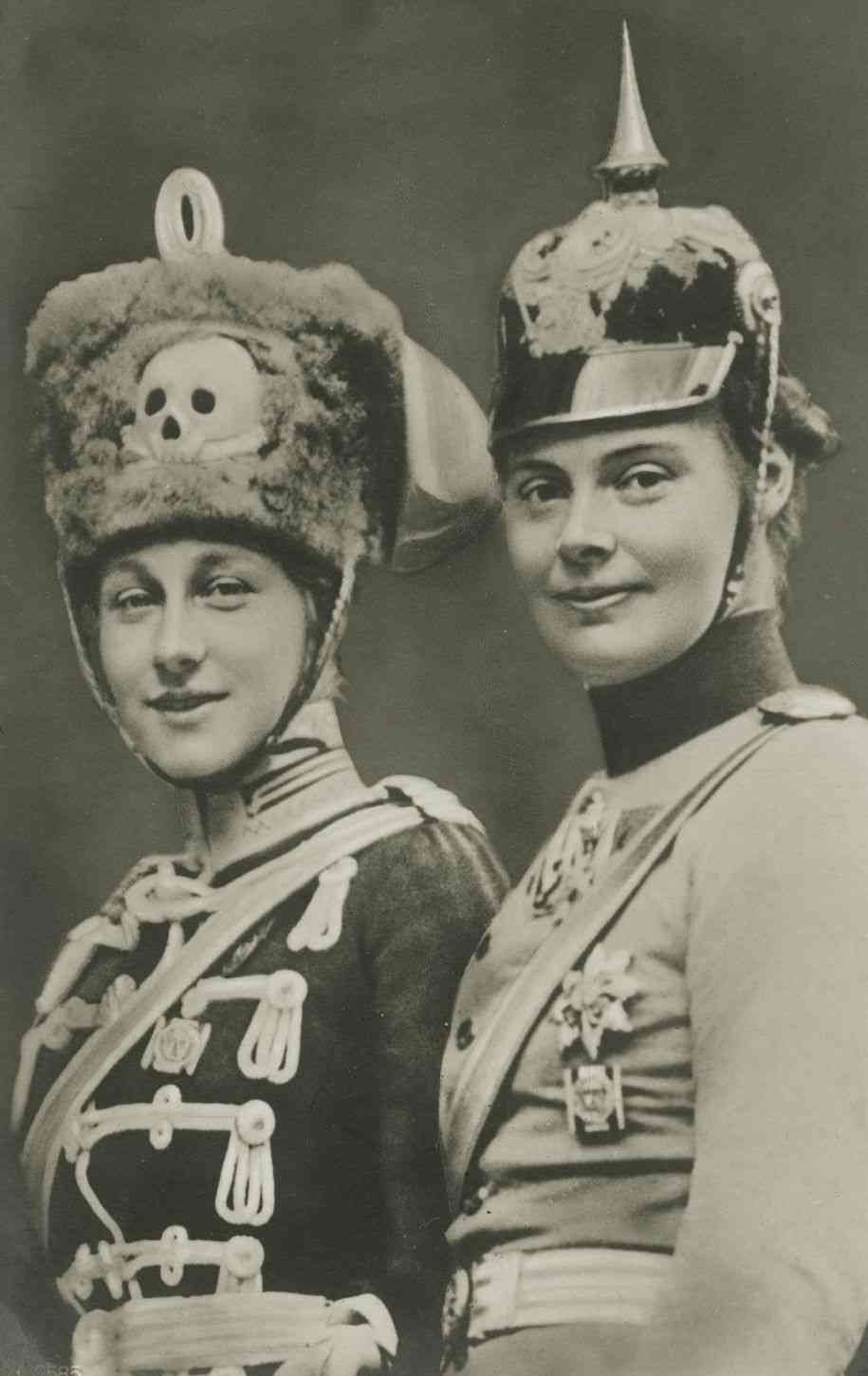
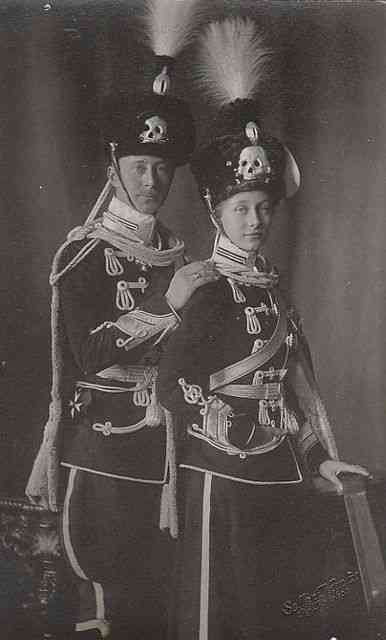
After the husband's death, there was a conflict with her son Ernst August in 1954. The main focus was on the Duchess appanage. On the other hand, Duke Ernst August (IV.) He wished that his mother should finally withdraw from public life following the practices of the Welfenhaus and leave this activity to the young duke couple, which his energetic and popular mother did not want. She remained active in many charitable associations as well as in the Victoria Luise Women's Association, left the castle in December 1956 and moved into a house-made available to her by the "Brunswick ( German City ) Friends Circle" in the Riddagshausen district of Braunschweig. With the backing of this group, Viktoria Luise was active in numerous initiatives for the traditional care of the home until old age. From 1965 to 1974, she finally came into the limelight with seven books about her life. In autumn 1980, she moved to the Friederikenstift in Hanover.
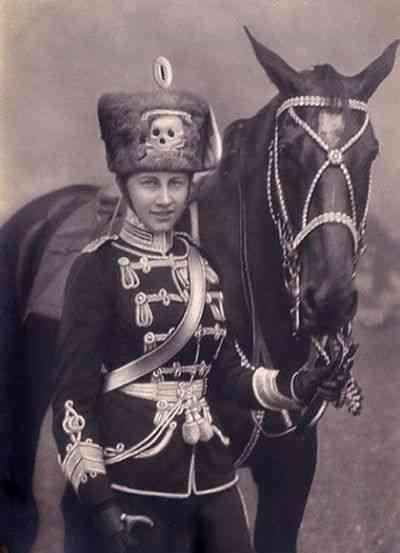
Her body was buried with great sympathy by the population in front of the Wolfen mausoleum in the Berggarten in Hanover-Herrenhausen alongside her husband, who died in 1953.
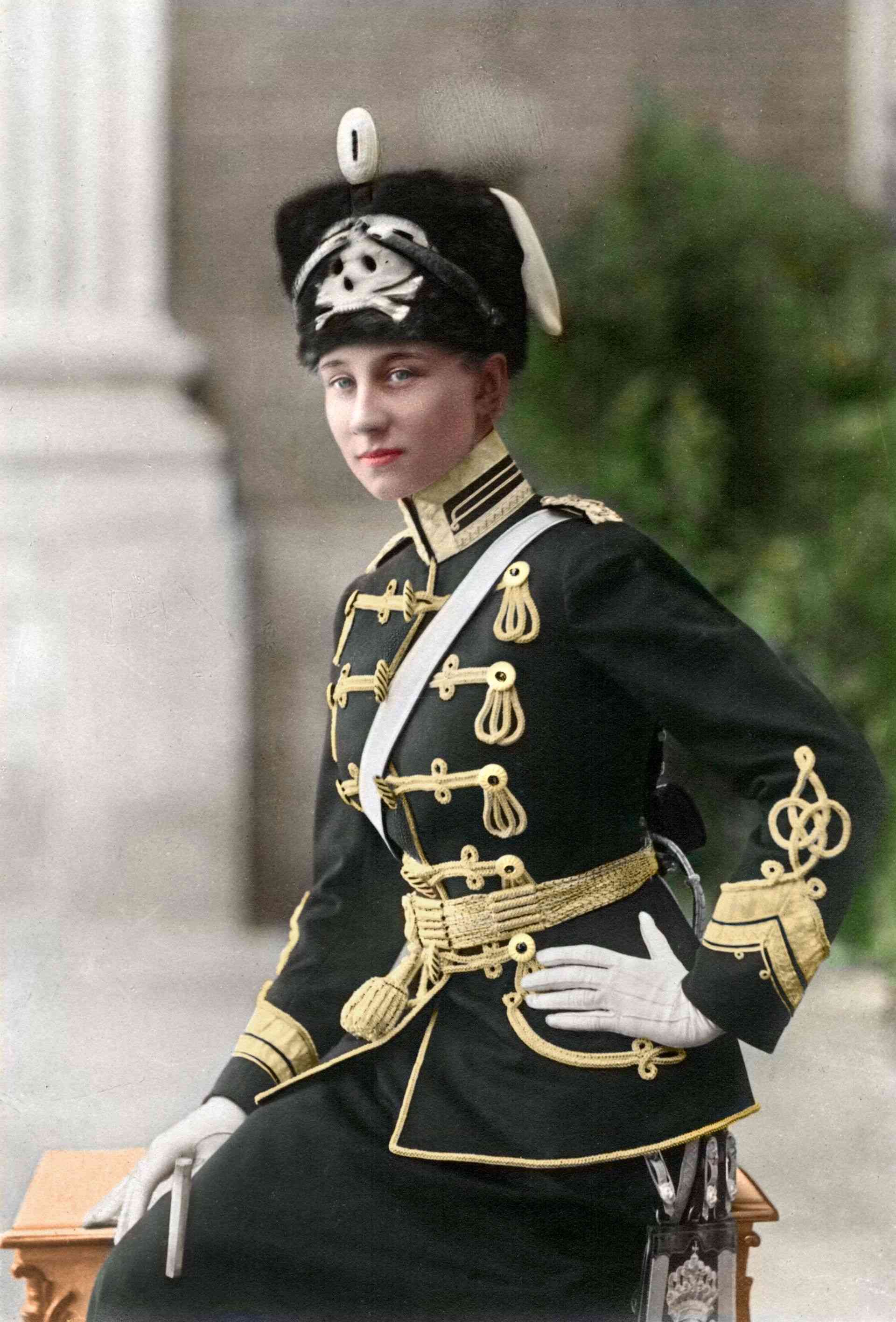
Honors:
Already in the year of her enrollment in 1899 in Schöneberg (Today in Berlin), the Viktoria Luise was named after her. Braunschweig called the "Viktoria Luise" in the Broitzem district after the former Duchess, as did Soltau in 1913 the street bordering the Imperial Riding School. In 1912 the Zeppelin 11 was christened in its name. In several cities, such as Hameln, schools were named after her. She was the namesake of SMS Victoria Louise, a training ship of the Imperial Navy. The world's first cruise ship was named Princess Victoria Luise. In Blankenburg (Harz), the Hotel Victoria Luise bears its name.
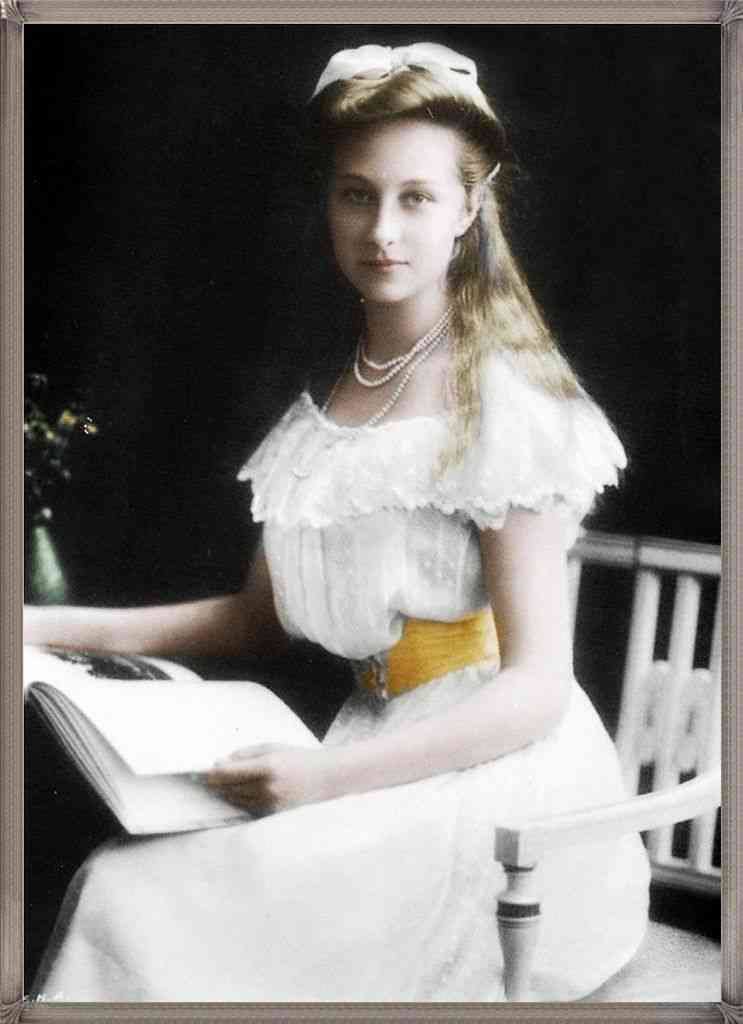
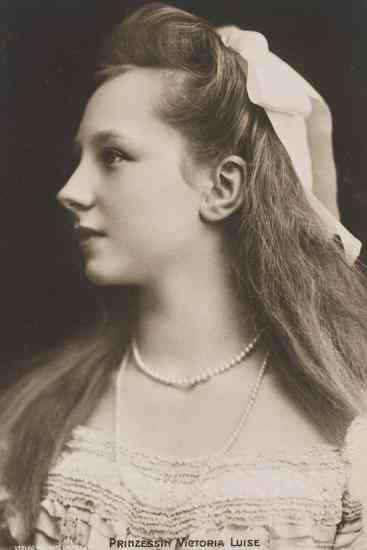
Publications:
Viktoria Luise's memoirs were reviewed as historical falsification but reached a broad audience. By the year 2000, they had a total circulation of over 1.5 million.
Authorship of her books:
It is controversial whether Viktoria Luise actually wrote her books herself or whether they were written by her publisher Leonhard Schlueter, a far-right politician.
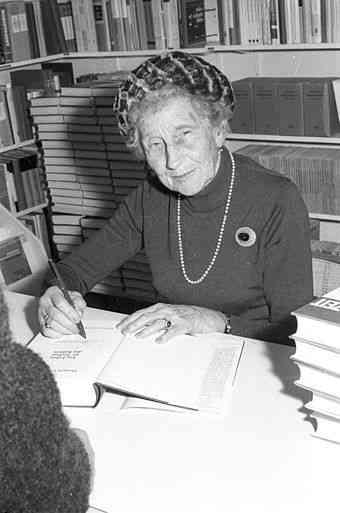
- A life as the daughter of the emperor. 1965.
- In the splendor of the crown. 1966. Heyne, Munich 1975.
- Images of the imperial period.
- 100 years ago.
- Germany's last empress. (via her mother Auguste Victoria).
- In the flow of time Langen Muller, Munchen; Vienna 1974.
- The Crown Princess.
- Out of my life.
- My life.
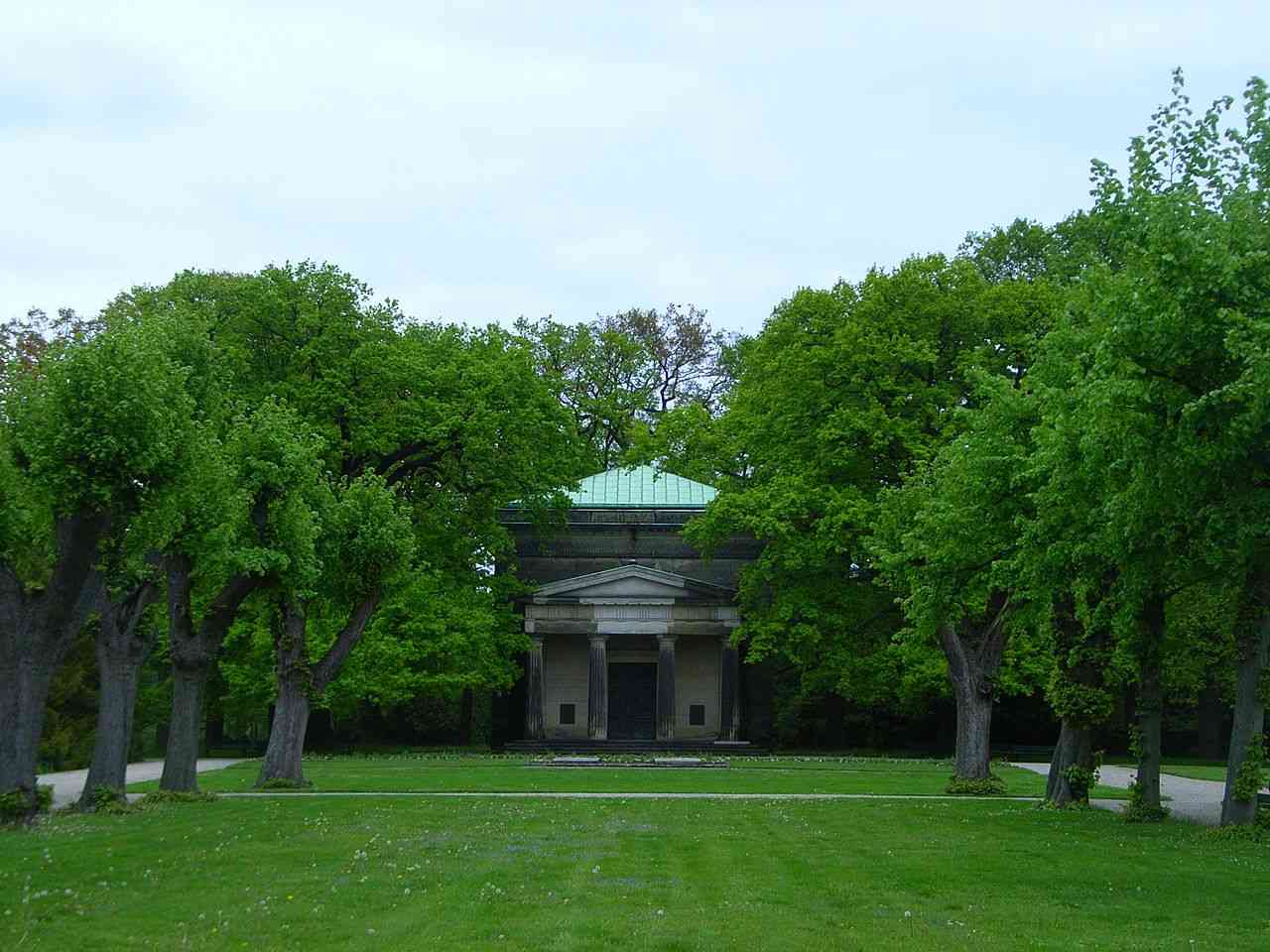
~EnRi

